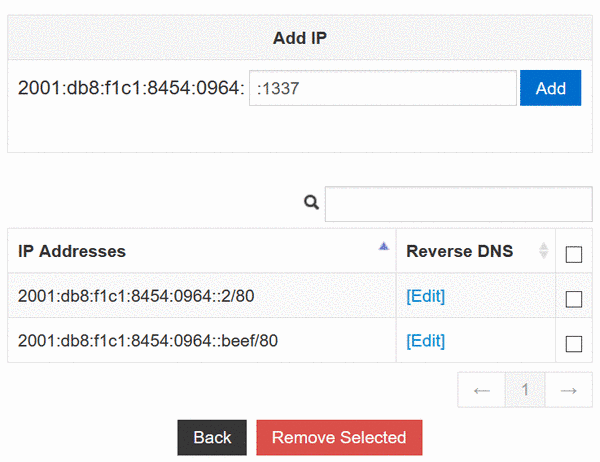NFD nightly went APT
NOTICE Instructions in this article are outdated. Please see latest information in NFD nightly usage.
Last year, I started building NFD nightly packages in GitHub Actions.
So far, installation is a manual procedure: the user must manually download the ZIP files from nfd-nightly.ndn.today, decompress them, and figure out the dependency among various .deb packages.
Starting today, I'm publishing NFD nightly packages in an APT repository, and you can install them with apt-get command.
Add the NFD nightly APT repository
Add the repository with the command that matches your platform:
# Ubuntu 18.04 (bionic), amd64 (laptops and servers)
echo "deb [trusted=yes] https://nfd-nightly-apt.ndn.today/ubuntu bionic main" \
| sudo tee /etc/apt/sources.list.d/nfd-nightly.list
# Ubuntu 20.04 (focal), amd64 (laptops and servers)
echo "deb [trusted=yes] https://nfd-nightly-apt.ndn.today/ubuntu focal main" \
| sudo tee /etc/apt/sources.list.d/nfd-nightly.list
# Debian 10 (buster), amd64 (laptops and servers)
echo "deb [trusted=yes] https://nfd-nightly-apt.ndn.today/debian buster main" \
| sudo tee /etc/apt/sources.list.d/nfd-nightly.list
# Debian 10 (buster), armv7 (Raspberry Pi 3 or 4)
echo "deb [trusted=yes] https://nfd-nightly-apt.ndn.today/debian buster main" \
| sudo tee /etc/apt/sources.list.d/nfd-nightly.list
# Debian 10 (buster), armv6 (Raspberry Pi Zero W)
echo "deb [trusted=yes] https://nfd-nightly-apt.ndn.today/raspberrypi buster main" \
| sudo tee /etc/apt/sources.list.d/nfd-nightly.list
